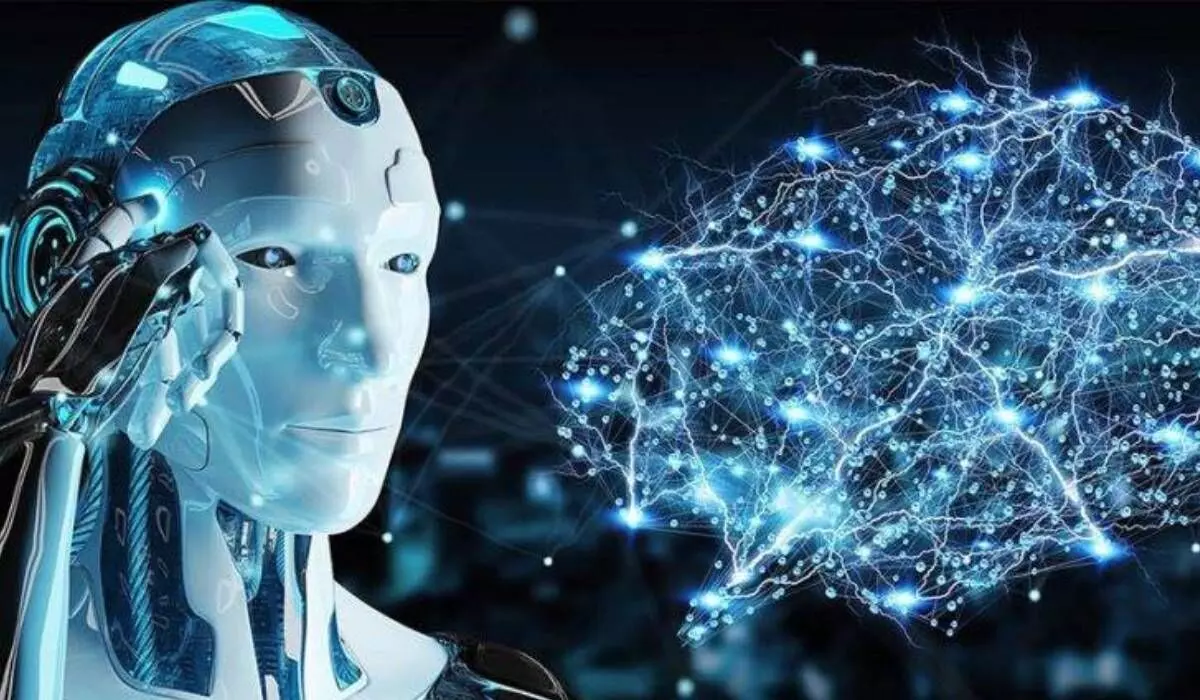Robotics are here for now and forever
The global robotics industry could be worth $260 billion by 2030
image for illustrative purpose

Robotic systems can be defined as interconnected, interactive, cognitive and physical tools that are able to perceive the environment using sensors, reason about events, make plans using algorithms implemented in computer programmes, and perform actions enabled by actuators.
Robots are tools that can autonomously sense, reason, plan, and action. Apart from performing tasks independently, they can also extend human capabilities, and mimic their actions. After all, the word robot is derived from the Czech term robota, meaning forced labour.
Robotics is the discipline for creating robots. It’s a multidisciplinary field where computer science, engineering, and technology all meet. Those working in robotics focus on the design, construction, operation, and use of robots in a host of different settings.
Traditionally, the field of robotics revolves around creation of robots that can perform simple or repetitive tasks at scale or to function in hazardous conditions where humans would otherwise be unable to work.
However, recent developments in machine learning and artificial intelligence imply that we may see an increase in human-to-robot interactions in the future.
The robotics industry is expected to grow significantly over the coming years. Estimates suggest that the sector could be worth $260 billion by 2030. Much of this growth will come from professional services robots that perform useful tasks like cleaning, delivering, and transporting.
Nowadays, there are many practical applications for robots across a wide range of fields. Some of these include-Industrial: Perhaps the most common use of robots is for simple and repetitive industrial tasks. Examples include assembly line processes, picking and packing, welding, and similar functions. They offer reliability, accuracy, and speed.
Military: More recent developments mean that military forces worldwide use robots for UAVs (Unmanned Aerial Vehicle), UGVs (Unmanned Ground Vehicle), triage and surveillance.
Service: One of the main growth areas in robotics is in the personal service industry. Its uses include for manual tasks such as dispensing food and cleaning; Exploration: We often use robots to reach hostile or otherwise inaccessible areas. A good example of exploratory robots is in space exploration, such as the Curiosity Rover on Mars.
Hazardous environments: Again, certain environments can be dangerous for humans to enter, such as disaster areas, places with high radiation, and extreme environments,
Medical: In the world of healthcare, medtech robots are being used in all kinds of ways. Whether it’s managing laboratory specimens or assisting with surgery, rehabilitation, or physiotherapy and Entertainment. Increasingly (particularly during the pandemic), people are buying robots for enjoyment. There are several popular toy robots, robot restaurants and giant robot statues.
Despite fears of an AI takeover, where machines replace humans as the dominant intelligence on the planet, such a scenario seems unlikely. However, business network PwC predicts that up to 30% of jobs could be automated by robots by the mid-2030s.
Other reports suggest that the stock of robots worldwide could reach 20 million by 2030, with automated workers taking up to 51 million jobs in the next 10 years. So, while they may not take over the world, we can expect to see more robots in our daily lives.
According to a report from McKinsey, automation and machines will see a shift in the way we work. They predict that across Europe, workers may need different skills to find work. Their model shows that activities that require mainly physical and manual skills will decline by 18% by 2030, while those requiring basic cognitive skills will decline by 28%.
Workers will need to hone technological skills, and there will be an even greater need for those with expertise in STEM. Similarly, many roles will require socio-emotional skills, particularly where robots aren’t good substitutes, such as caregiving and teaching.
We may also see robots as a more integral part of our daily routine. In our homes, many simple tasks such as cooking and cleaning may be totally automated. Similarly, with robots that can use computer vision and natural language processing, we may see machines that can interact with the world more, like self-driven cars and digital assistants.
Robotics may also shape the future of medicine. Surgical robots can perform extremely precise operations, and with advances in AI, they could eventually carry out surgeries independently.
The ability for machines and robots to learn could give them an even more diverse range of applications. Future robots that can adapt to their surroundings, master new processes, and alter their behaviour would be suited to more complex and dynamic tasks.
However what I don’t want to see are robotic armies where countries with dwindling populations will be required to protect themselves from countries with large populations and heavy duty hardware.

